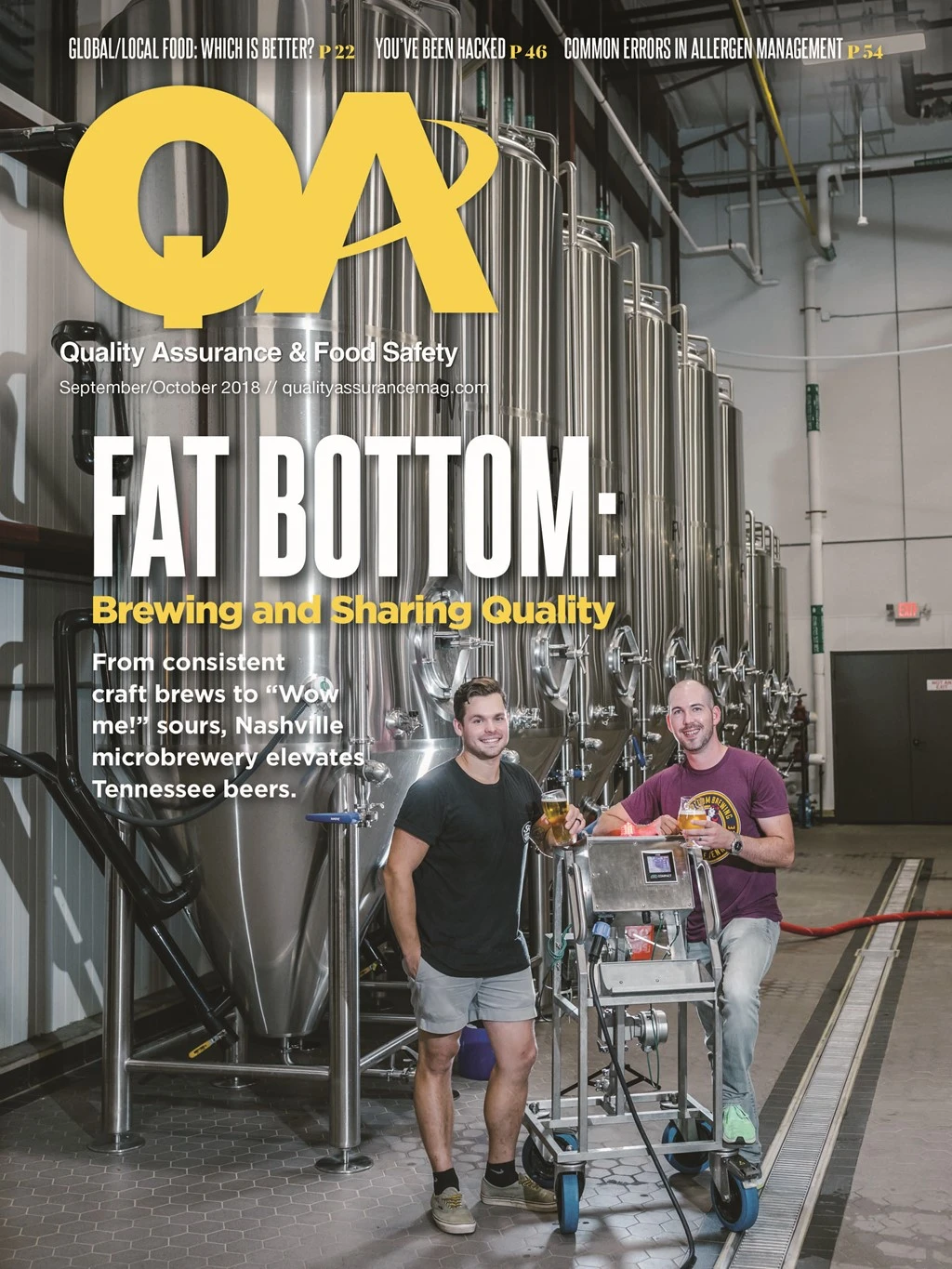
We often find misconceptions regarding monitoring for stored product insects. Let’s help straighten this issue. Associate Certified Entomologist James Miller, market manager for the Professional Pest Management Market representing STORGARD® Pheromone & Kairomone Monitoring and CIDETRAK® IMM Mating Disruption Systems with Trécé Incorporated, explains the three major functions of monitoring systems for stored product insects: Detection: Is it there? Properly applied monitors will alert the IPM program to an introduced insect. Abundance: How big of a population are you dealing with? Verification: Did the actions you took render a favorable result?
1. When monitoring for the most prolific stored product insect, Indian meal moth (IMM), how many monitoring systems should I use?
The size of the area requiring monitoring will dictate the number of pheromone lures to be used. The general rule is one IMM lure per 50-foot radius or 2,500 feet2. Of course, infestation levels and susceptibility of food products will truly dictate the amount to be used. Remember, monitoring systems work best when constantly reassessed. They are not permanent fixtures.
2. If pest management professionals use more IMM pheromone monitoring systems, will they be able to “trap out” the infestation or reduce the population?
This is a misconception found throughout the industry. We need to look at the biology of the IMM to start: egg, larvae, pupae, and adult. Only the adult male IMMs are attracted to the sex pheromone installed in the monitoring system. Adult male IMMs represent an average 18-20% of the population, leaving up to 80% of the population unattracted to the pheromone monitoring system. But just one mated female can deposit more than 200 fertile eggs. So, you simply cannot trap this pest into control.
3. Do I really need to monitor for stored product beetles?
Yes! The average size of a stored product beetle is 1-3 mm in length. Try seeing these little beetles with just a flashlight and the naked eye. Floor-based monitoring systems, especially the new ultra-combination of pre-loaded pheromones and kairomones, attract a wide variety of beetles. But any capture-rate thresholds need to be adjusted for beetles vs. moths: one sawtoothed grain beetle may be indicative of a large infestation, while 20 Indian meal moths don’t always equal a large problem.
4. What is a pheromone vs kairomone?
Pheromones are chemical secretions derived from inside the specific insect’s body. They can be alarm, trail, aggregate, or sexual based. Kairomones are defined as a food or chemical attractant. Most stored product insect kairomones are food-grade oil or extracted products, and some are chemical components that show attractive properties for many species or even a single species of stored product insects. Most cockroach gel baits contain kairomones.
5. What is the difference between gel or oil vs. plastic or rubber substrates that release pheromone chemistry, (i.e., rubber septa, vials with a membrane, micro/mini lures, etc.).
Using a gel or oil to contain pheromone chemistry is an economical way to manufacture a pheromone lure. However, with a more economical approach, you usually loose “staying power” or longevity of the lure. The plastic or rubber dispensers ensure a constant, quality release of pheromone into the environment and a longer release rate period. They may have a higher cost, but also higher performance.

Explore the October 2018 Issue
Check out more from this issue and find your next story to read.
Latest from Quality Assurance & Food Safety
- Bird Flu: What FSQA Professionals Need to Know
- Registration Open for 129th AFDO Annual Educational Conference
- Frank Yiannas, Aquatiq Partner to Expand Global Reach of Food Safety Culture
- World Food Safety Day 2025 Theme: Science in Action
- Ancera Launches Poultry Analytics System
- USDA Terminates Two Longstanding Food Safety Advisory Committees
- Catalyst Food Leaders Announces Virtual Leadership Summit for People in Food
- Food Safety Latam Summit 2025 Set for Mexico City





